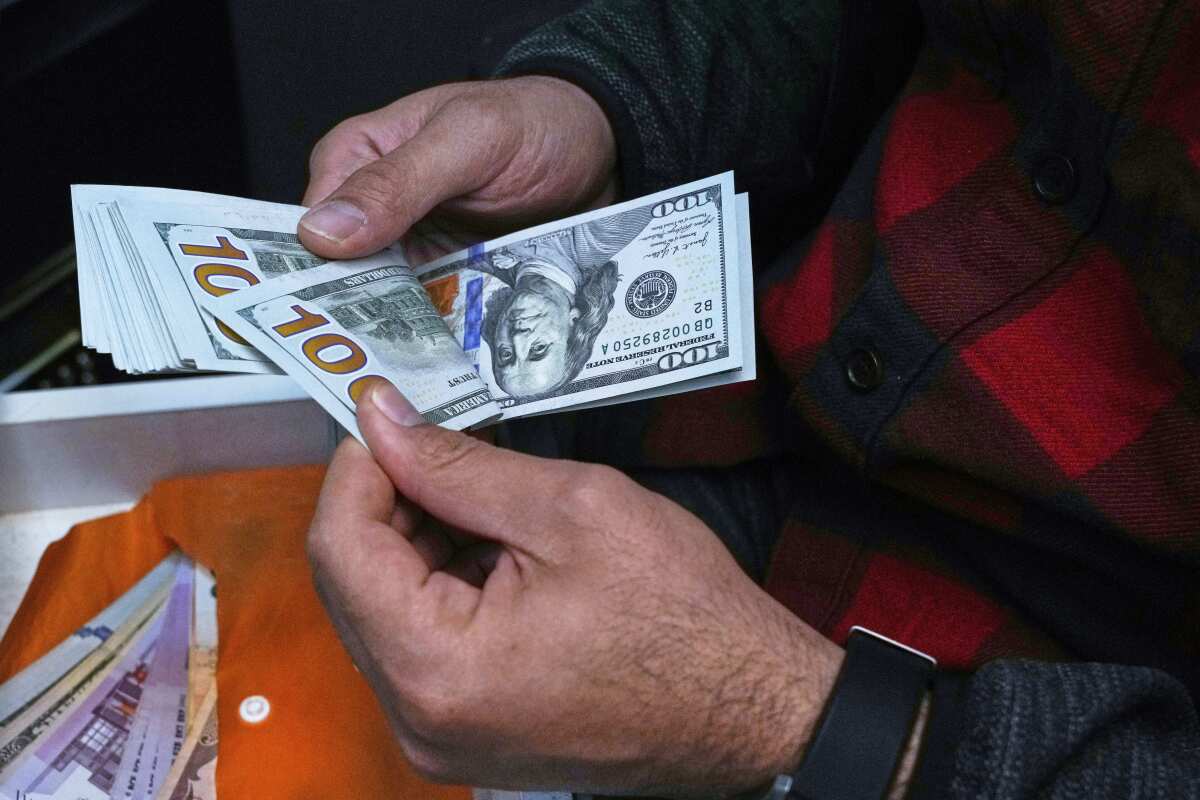US dollar’s slide looks set to continue
The US dollar’s seemingly inexorable slide looks set to continue. The key in the shortterm is whether important psychological levels can be broken, such as 1.15 for euro/dollar and 140 for dollar/yen.

The monetary policy pendulum points to US dollar weakness, given that the currency market works off expectations about future events, not what has just happened.
It is a measure of the weak confidence that the market has in the US dollar right now that even an above-consensus US payroll report and a 25-bps rate cut from the ECB last week failed to provide the greenback with any support. Indeed, at this stage it is hard to envisage where any sort of support is going to come from. Economic data, like payrolls, might not have collapsed under the weight of tariff-related uncertainty, but as long as the market thinks this could happen at any stage, the US dollar will be under pressure.
On rates, the ECB might have cut 25-bps last week but that was anticipated and arguably the most important piece of news from the bank last week is that it is close to the end of the easing cycle. At the same time, the market waits for the Federal Reserve to re-start rate cuts. Hence, the monetary policy pendulum points to US dollar weakness given that the currency market works off expectations about future events, not what has just happened.
Euro zone officials sense an opportunity here to elevate the status of the euro. ECB President Lagarde, for instance has frequently mentioned the opportunity that is being opened up by US policy choices, such as tariffs and, in the budget bill, a provision that would allow the government to impose higher taxes on the earnings foreign individuals and firms make in the US if those individuals and firms are based in countries that the government feels is treating the US unfairly.
Just whether this part of the budget bill will remain in the final version is questionable as, indeed, is the successful passage of the whole bill through Congress. But even so, there is still no doubting the US’s retreat from the global stage and, if that leads to a retreat for the US dollar, it opens up space for others to enter – such as the euro. The single currency certainly has a lot of ground to make up as the euro sits far behind the US dollar in areas such as reserve holding, international bond issuance and FX turnover.
Is the euro likely see its share rise, and is such a rise necessary for the euro to rise in value against the US dollar? Steven Barrow, Head of Standard Bank G10 Strategy, has his doubts on both. For a start, issues such as the lack of a single bond market in the euro zone and the tortuous process of developing a banking suggest that the eurozone has a very long way to go. And besides, his suspicion is that if the US dollar does cede ground in terms of its international use, it will be to both the euro and the renminbi, not just the euro.
But, perhaps fortunately, Steven Barrow does not think that the euro has to gain market share relative to the US dollar in order to rise in value against the greenback. For while a rising euro share might be a welcome bonus, he suspects that there is more than enough justification for the euro – and other currencies – to rise against the US dollar without the US dollar losing any of its dominance in areas such as reserve holding and debt issuance.
In fact, we could even debate the wisdom of wanting a dominant global role. Some US officials, notably Stephen Miran, the Chair of the Council of Economic Advisors, have laid out the argument that US dollar dominance can be a burden because the US’s ability to supply all the US dollars the world wants puts a huge strain on the current account and causes excessive upward pressure on the US dollar.
However, Lagarde and others seem sceptical and Steven Barrow suspected that they would continue to promote the case for more international use of the euro. And, as long as traders and investors believe that the euro is going places, while the US dollar retreats into its shell, the greenback is likely to cede ground. “We continue to target a possible rise in the euro to 1.25 over the coming year, if not in 2025, with a 125 call for dollar/yen, possibly this year as well. These might appear to be aggressive forecasts but they are forecasts that we have held for some time. Indeed, going right back to the period before Trump’s election victory we argued that any post-election rally in the US dollar would not persist and that his term would, instead, be marked by sustained US dollar weakness. We have seen nothing since Trump won last November that makes us think we should change our minds”, said Steven Barrow.








